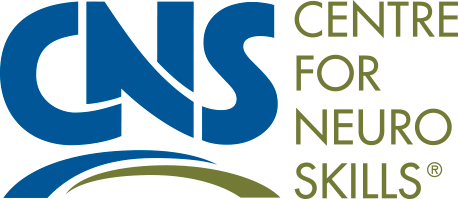Forms of Neuronal Plasticity
There are two most characteristic forms of plasticity that occur within the brain in the presence of injury. The first is expansion of a specialized cortical area, such as may be seen in the case of someone who has suffered left hemiparesis after a stroke. They might be neglecting the left side altogether and begin using their right side for everything. This has the effect of reducing the cortical area for control of the left side, while expanding the cortical area controlling the right. This is why, especially in the context of treatment, it is important to continue to stimulate the left side cortical area so that "cortical real estate" doesn't go away. Another process of neuronal plasticity involves recruitment of a remote cortical area as a result of injury or new learning. An example of this could occur in the case of an individual who has experienced onset of blindness as a result of injury. In this situation, the occipital lobe, the area that processes vision, is no longer receiving input through the visual pathways and in practicality, is no longer needed for that purpose. But as the person's other senses come to the fore, such as a heightened sense of touch, this activity, to a certain degree, can be moved to the occipital lobe
< Unmasking Last | Next Neuronal Remodeling >

